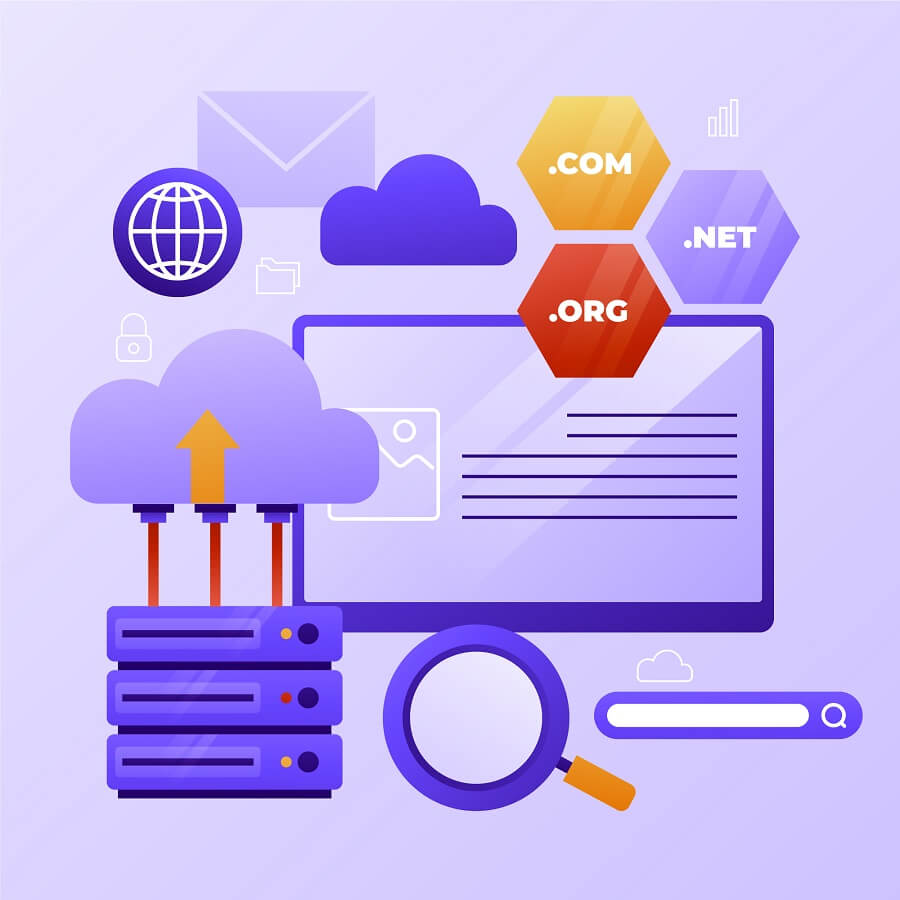What is a reverse proxy?
A reverse proxy is a server that sits between client devices and backend servers, forwarding client requests to the appropriate server. It acts as an intermediary that helps manage traffic, enhance security, and improve performance. Unlike traditional proxies, reverse proxies handle incoming requests from the internet to your servers, providing load balancing, caching, and security benefits.
Why are reverse proxies important?
Reverse proxies are crucial because they provide enhanced security, improved performance through load balancing, and efficient traffic management. They help protect backend servers from direct exposure to the internet, enable SSL termination, and can cache content to reduce server load. This makes them essential for maintaining reliable, secure, and scalable web infrastructure.
What types of tasks can reverse proxies handle?
How do reverse proxies maintain security?
How do I get started with a reverse proxy?
What are the benefits of reverse proxies for businesses?
Reverse proxy functionality encompasses various elements, including load balancing, SSL termination, caching, compression, and security features. These components work together to ensure efficient traffic distribution, optimal performance, and enhanced protection for your backend servers. Understanding these elements helps in configuring the proxy to best serve your specific needs.
Reverse proxies maintain security through multiple mechanisms including firewall capabilities, DDoS protection, and SSL/TLS encryption. They can filter malicious traffic, hide server infrastructure details, and provide an additional layer of protection against various cyber threats. Regular updates and monitoring ensure the proxy continues to provide optimal security.
Implementation begins with choosing the right reverse proxy solution for your infrastructure needs. You'll need to configure the proxy with your server details, security parameters, and performance requirements. Many solutions offer integration with existing web servers. Regular monitoring and optimization ensure the proxy continues to meet your performance and security standards.
Reverse proxies help businesses improve website performance, enhance security, and manage traffic efficiently. They can reduce server load, improve response times, and provide better protection against cyber threats. This improved infrastructure often leads to better user experience and more reliable web services.

























